carl gustav jung
︎Painting, Psychology
︎ Ventral Is Golden
carl gustav jung
︎Painting, Psychology
︎ Ventral Is Golden
︎ Ventral Is Golden
“The conflict between the two dimensions of consciousness is simply an expression of the polaristic structure of the psyche, which like any other energic system is dependent on the tension of opposites.” - C.G Jung.



Renound for his work on the collective unconscious and archetypes, C.G Jung eventually founded Analytical Psychology, a branch of psychoanalysis that grew from the theories of Sigmund Freud.
After what started as a dynamic friendship between the two, their relation soon deteriorated as Jung found Freud’s theory of repressed memories too limiting to explore fully the realm of the psyche, preferring instead to explore the creative potential found in dreams, para-psychology, mythology and world religions.
For Jung, the Archetype was an archaic form of innate human knowledge, that consists of recurring images or motifs that are used by the mind as building blocks for reality, a kind of low resolution image that accumulates details through collective and individual experiences as emotions constellate to give the phenomena a narrative structure.
A simple observation of this has been proposed whereby a child living in a city, with no first hand experience of living in the wild, would still have nightmares and dreams pertaining to animals and spirits that occupy such locations and which played an important role in influencing ancestral behaviours pertaining to land and identity.
For Jung this would have indicated that the images of our dreams are a mental residue, emanating from the historicity of our species and manifesting through our subconscious.
Scientific developments relating to this phenomena have been discussed by Rupert Sheldrake in the ‘Trilogies on the Evolutionary Mind’ - who describes it as Morphic Resonance - a genetic memory pattern that is exhibited throughout nature.
As a constant proponent of the alchemical pursuit, in 1913, whilst taking a train from Zurich to Schaffhausen, Jung was struck by a vision of great power and global catastophe - what he would later call a 'waking vision'. He was so moved by it, that on the return train journey, in the same location, he had the exact same vision, except this time there was a voice that accompanied it. The voice said "look clearly, all this will become real.”
Not knowing whether the voice was indicating a disaster that would befall the outer world, or if indeed it was referring to the inner world of his thoughts, Jung assumed he was having some kind of psychotic episode, and for the next sixteen years, would embark on a very personal journey into his own mind, recording daily hallucinations into his journal.
He considered this journal to be central to all his other works, and although it was never published during his lifetime, he called it the Libre Novus (The New Book, which later became known as The Red Book).
After what started as a dynamic friendship between the two, their relation soon deteriorated as Jung found Freud’s theory of repressed memories too limiting to explore fully the realm of the psyche, preferring instead to explore the creative potential found in dreams, para-psychology, mythology and world religions.
For Jung, the Archetype was an archaic form of innate human knowledge, that consists of recurring images or motifs that are used by the mind as building blocks for reality, a kind of low resolution image that accumulates details through collective and individual experiences as emotions constellate to give the phenomena a narrative structure.
A simple observation of this has been proposed whereby a child living in a city, with no first hand experience of living in the wild, would still have nightmares and dreams pertaining to animals and spirits that occupy such locations and which played an important role in influencing ancestral behaviours pertaining to land and identity.
For Jung this would have indicated that the images of our dreams are a mental residue, emanating from the historicity of our species and manifesting through our subconscious.
Scientific developments relating to this phenomena have been discussed by Rupert Sheldrake in the ‘Trilogies on the Evolutionary Mind’ - who describes it as Morphic Resonance - a genetic memory pattern that is exhibited throughout nature.
As a constant proponent of the alchemical pursuit, in 1913, whilst taking a train from Zurich to Schaffhausen, Jung was struck by a vision of great power and global catastophe - what he would later call a 'waking vision'. He was so moved by it, that on the return train journey, in the same location, he had the exact same vision, except this time there was a voice that accompanied it. The voice said "look clearly, all this will become real.”
Not knowing whether the voice was indicating a disaster that would befall the outer world, or if indeed it was referring to the inner world of his thoughts, Jung assumed he was having some kind of psychotic episode, and for the next sixteen years, would embark on a very personal journey into his own mind, recording daily hallucinations into his journal.
He considered this journal to be central to all his other works, and although it was never published during his lifetime, he called it the Libre Novus (The New Book, which later became known as The Red Book).
“Whether you believe in a demon of the air or in a factor in the unconscious that plays diabolical tricks on you is all one to me. The fact that man’s imagined unity is menaced by alien powers remains the same in either case. Theologians would do better to take account for once of these psychological facts than to go on ‘demythologising’ them with rationalistic explanations that are a hundred years behind the times.“ - C.G Jung.



The Red Book was approximately one thousand pages of hand drawn, water colour illustrations and meticulously crafted typographic layouts; a kind of manuscript of his psychosis, rendered through mythological archetypes.
By creating the book, Jung was able to navigate his feelings of isolation, brought on by his break with Sigmund Freud and the effects of WWI, and by doing so touched upon the visual nuances that were contained in his idea of the 'archetype'.
When Richard Wilhelm, a close friend of Jung, and translator of Taoist texts, presented him with a copy of The Secret of the Golden Flower, Jung was struck by some of the similarities between his drawings and the themes displayed in ancient mandalas.
Jung's curiosity regarding the commonalities of spiritual and religious stories (mythos) gained momentum, as he delved further into the worlds of esoteric teachings and alchemical symbolism, in order to bring back themes from his personally obscured visions, and to place them into the a living world of psychoanalysis, self-reflection and dream interpretation.
By creating the book, Jung was able to navigate his feelings of isolation, brought on by his break with Sigmund Freud and the effects of WWI, and by doing so touched upon the visual nuances that were contained in his idea of the 'archetype'.
When Richard Wilhelm, a close friend of Jung, and translator of Taoist texts, presented him with a copy of The Secret of the Golden Flower, Jung was struck by some of the similarities between his drawings and the themes displayed in ancient mandalas.
Jung's curiosity regarding the commonalities of spiritual and religious stories (mythos) gained momentum, as he delved further into the worlds of esoteric teachings and alchemical symbolism, in order to bring back themes from his personally obscured visions, and to place them into the a living world of psychoanalysis, self-reflection and dream interpretation.
Jung once wrote that "Anyone who uses modern psychology to look behind the scene not only of his patients’ lives, but more especially of his own life - and the modern psychotherapist must do this if he is not to be merely an unconscious fraud - will admit that to accept himself in all his wretchedness is the hardest of tasks, and one which it is almost impossible to fulfil.
The very thought can make us sweat with fear. We are therefore only too delighted to choose, without a moment’s hesitation, the complicated course of remaining in ignorance about ourselves while busying ourselves with other people and their troubles and sins…
There are countless people who can do this with impunity, but not everyone can, and these few break down on the road to their Damascus and succumb to a neurosis. How can I help these people if I myself am a fugitive".
The very thought can make us sweat with fear. We are therefore only too delighted to choose, without a moment’s hesitation, the complicated course of remaining in ignorance about ourselves while busying ourselves with other people and their troubles and sins…
There are countless people who can do this with impunity, but not everyone can, and these few break down on the road to their Damascus and succumb to a neurosis. How can I help these people if I myself am a fugitive".
“It seems as if it were only through an experience of symbolic reality that man, vainly seeking his own “existence” and making a philosophy out of it, can find his way back to a world in which he is no longer a stranger.” - C.G Jung

In Timaeus (written in 360 BC), Plato described the world as “a single living creature that contains all living creatures within it.” He gave this concept the name Anima Mundi, or ‘World Soul’. This idea gained wider popularity in the 1960’s, when inventor and NASA consultant, James Lovelock, developed the Gaia Hypothesis.
Gaia, in greek mythology, is the poetic personification of Earth, who was brought into existence by Chaos (greek for ‘chasm’ or ‘yawning gap’). According to the poet Ovid, Chaos resembled a shapeless heap of material, and from this shapeless heap, Gaia came into being, preferring order over disorder. In a very simplistic fashion, this sums up the notion of Lovelock’s hypothesis. Earth is a complex system of interaction, preferring order over disorder, and this produces the regulatory effects of the biosphere.
Although the theory has many critics, it was simulated as a computer program developed by Lovelock in 1983, called Daisyworld, with outcomes that supported these claims.
As in Lovelock's Gaia Hypothesis, Jung used the poetic substrate of images as environments to detail natrually regulating systems that brought the psyche into relation with the body. By developing a familiarity with these environments, Jung began to create an order to the world in much the same way as mythology was once a technique of remembering and nagivating levels of the psyche.
Gaia, in greek mythology, is the poetic personification of Earth, who was brought into existence by Chaos (greek for ‘chasm’ or ‘yawning gap’). According to the poet Ovid, Chaos resembled a shapeless heap of material, and from this shapeless heap, Gaia came into being, preferring order over disorder. In a very simplistic fashion, this sums up the notion of Lovelock’s hypothesis. Earth is a complex system of interaction, preferring order over disorder, and this produces the regulatory effects of the biosphere.
Although the theory has many critics, it was simulated as a computer program developed by Lovelock in 1983, called Daisyworld, with outcomes that supported these claims.
As in Lovelock's Gaia Hypothesis, Jung used the poetic substrate of images as environments to detail natrually regulating systems that brought the psyche into relation with the body. By developing a familiarity with these environments, Jung began to create an order to the world in much the same way as mythology was once a technique of remembering and nagivating levels of the psyche.
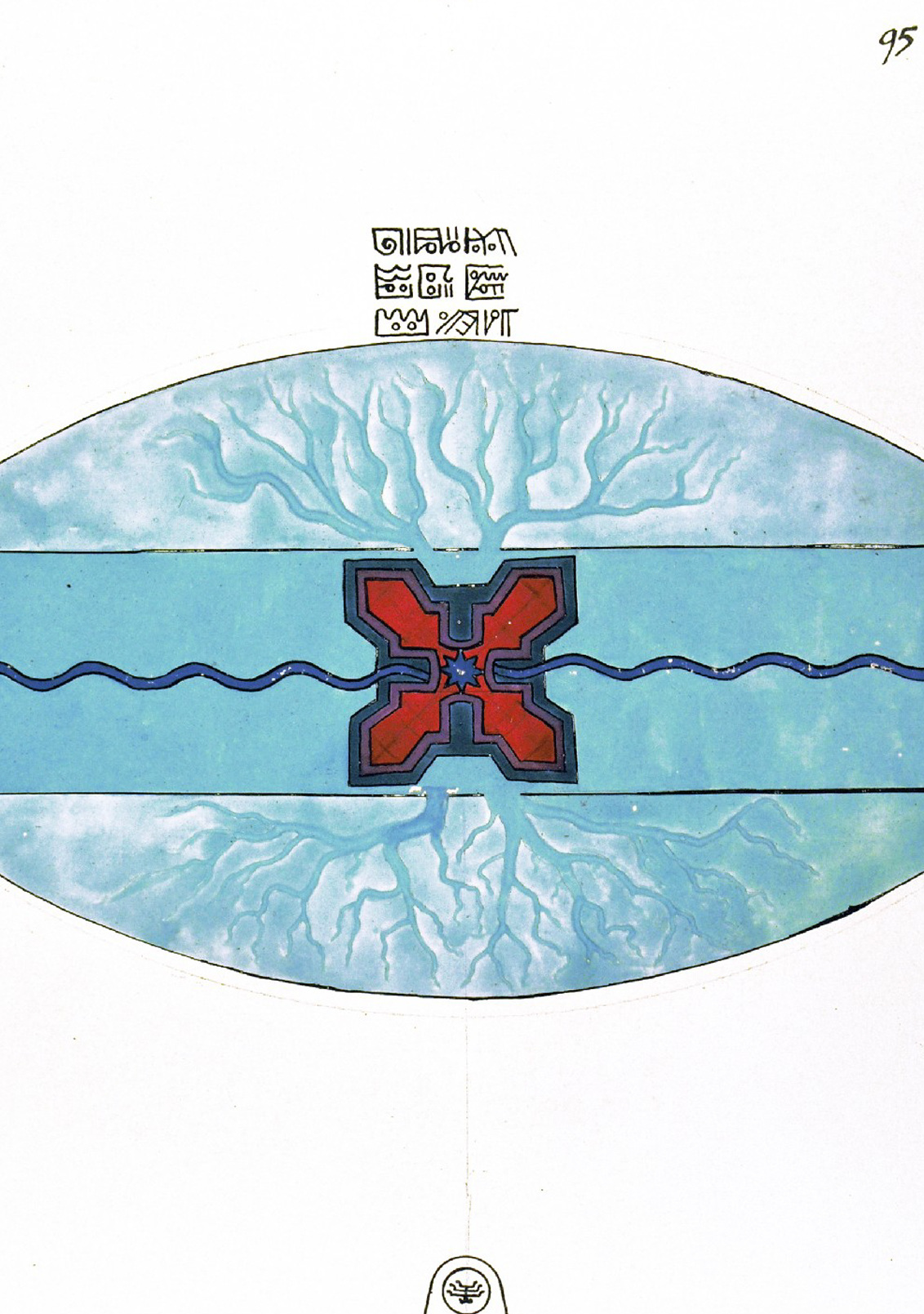
Being able to articulate the contradictions that arise within an individual’s psychological makeup in terms of imagery and stories was essential to Jung’s theories, and in the later writings of Analytical psychologist James Hillman, for example, described this notion of world soul not just as a philosophically mystical notion, but one that has deep rooted and very tangible effects in fields such as urban planning. For Hillman, every place has a soul, or a mood, and it is this that effects the moods of people. A city, with its underground transport system, its escalators and elevators, it's tall buildings and mirrored windows, reflect back at it's inhabitants a packaged product of individuation.
The Red Book was Jung’s way of nurturing his own ideas about the structures of the mind, exploring and archiving psychological themes as images that appeared broadly and consistently across the history and evolution of the world’s religions and ancient cultures.
In terms of Gaia theory this overarching regulatory system is also a helpful metaphor to think about when confronted with a transition from, or a sudden change within a perceived idea of stability, either on physical or mental planes and to unite them within the centre of the mandala.
In his essay on how Analytic Psychology relates to the poet, Jung wrote that;
The Red Book was Jung’s way of nurturing his own ideas about the structures of the mind, exploring and archiving psychological themes as images that appeared broadly and consistently across the history and evolution of the world’s religions and ancient cultures.
In terms of Gaia theory this overarching regulatory system is also a helpful metaphor to think about when confronted with a transition from, or a sudden change within a perceived idea of stability, either on physical or mental planes and to unite them within the centre of the mandala.
In his essay on how Analytic Psychology relates to the poet, Jung wrote that;
“Whoever speaks in primordial images speaks with a thousand voices; he enthrals and overpowers, while at the same time he lifts the idea he is seeking to express out of the occasional and the transitory into the realm of the ever-enduring.“
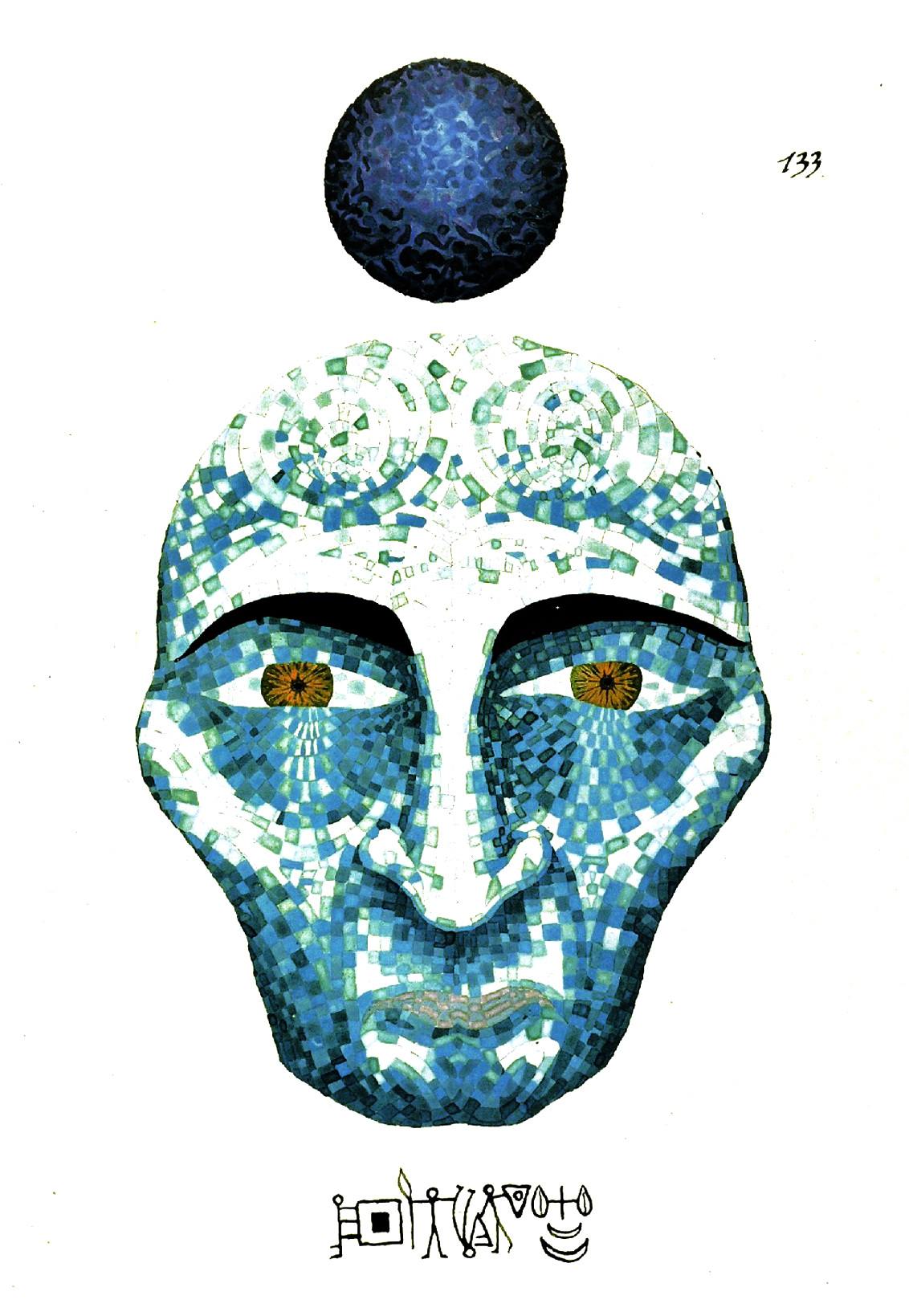

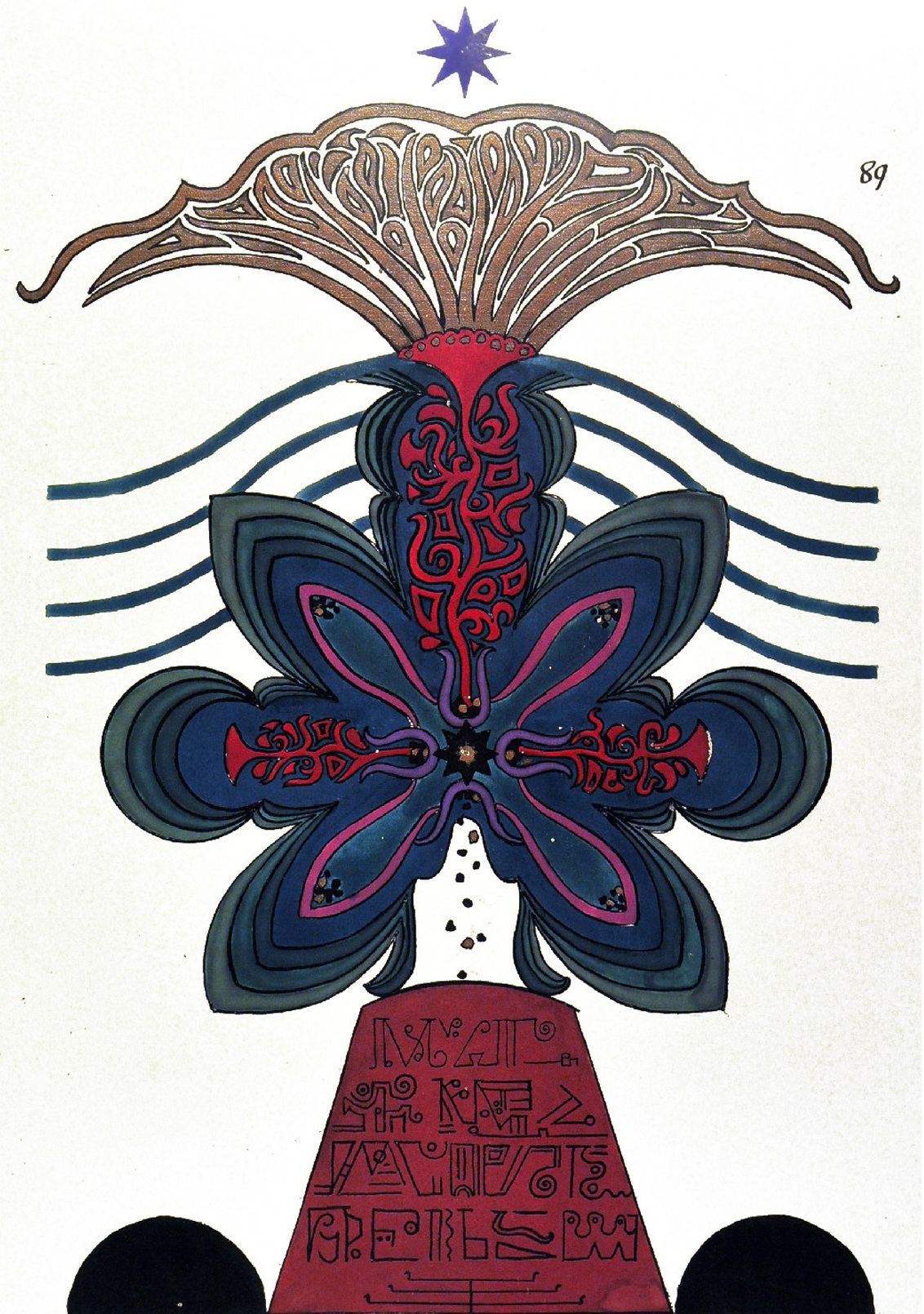


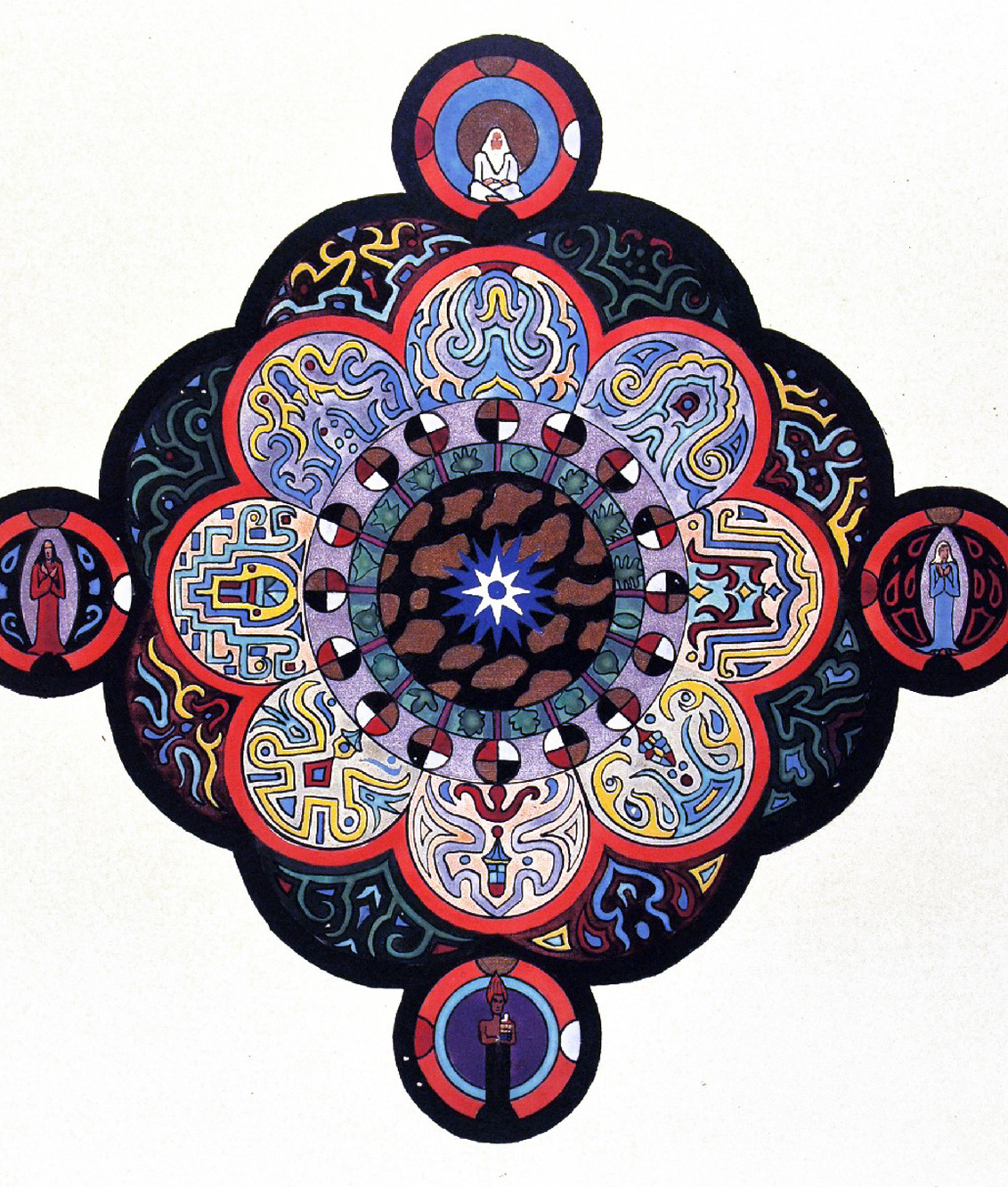








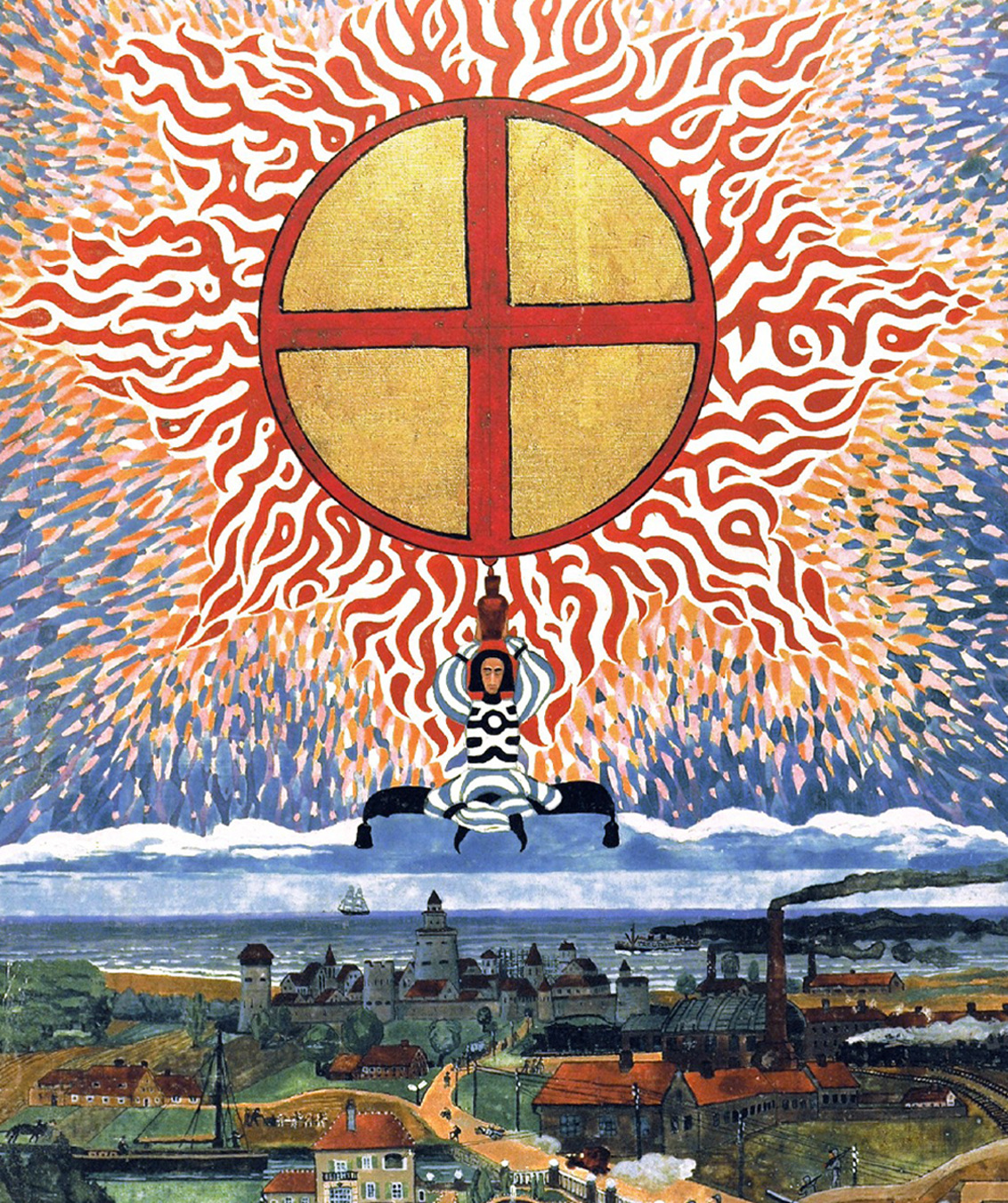
Further Reading ︎
Sonu Shamdasani Introduces The Red Book
Alan Watts on Carl Jung
The Wisdom of The Dream Vol 3 A World of Dreams
The Red Book, full text